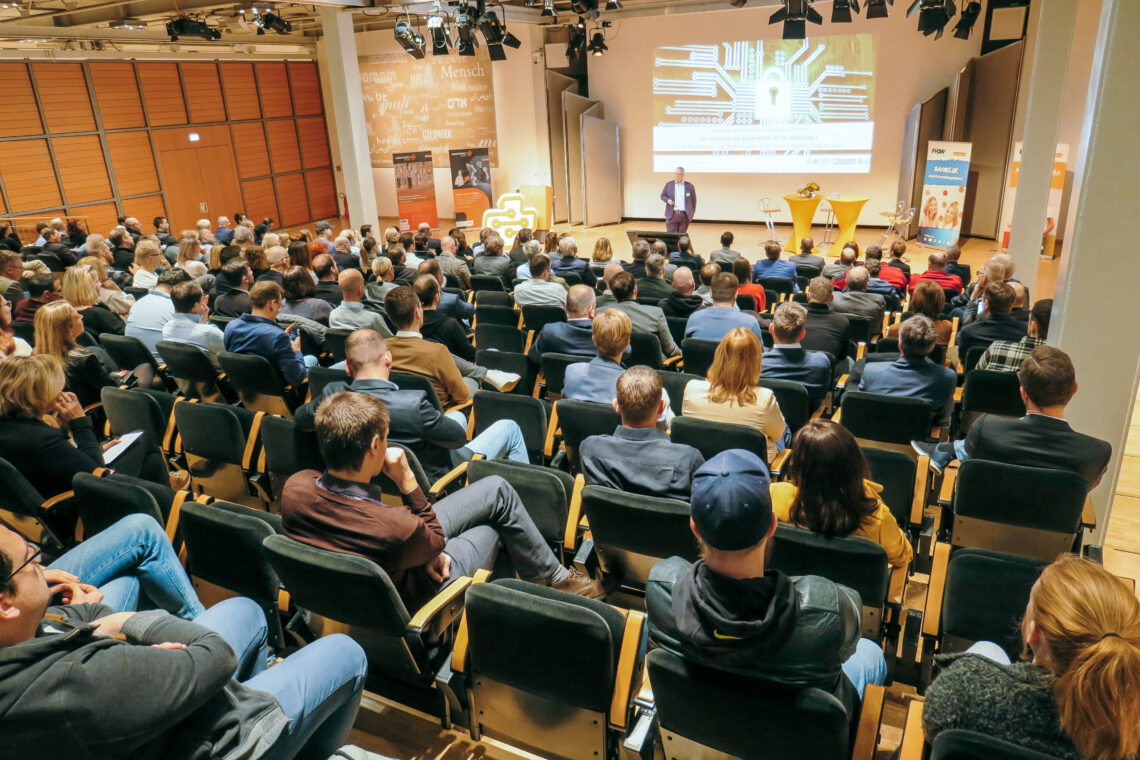
Step-by-step guide: How to develop a digital green twin
The ongoing ecological crisis is forcing companies to consider sustainability as a strategic focus. One innovative approach that is becoming increasingly important is the use of digital green twins. These virtual images of physical systems offer an opportunity to make processes more efficient, conserve resources and achieve economic goals at the same time. A new guide from the it’s OWL project EcoTwin shows how companies can use digital green twins in a targeted manner to exploit sustainability potential.
Digital twin and digital green twin: what’s the difference?
Digital twins represent the digital version of a physical system, which is continuously updated with the system’s usage, maintenance and status data.
The technology enables the digital mapping and monitoring of the entire life cycle of a physical system. The Digital Green Twin extends this concept to include the aspect of sustainability by integrating all relevant environmental and sustainability aspects.
This makes the sustainability potential of a system transparent, optimizes recycling processes and identifies further potential for optimization in order to contribute to a more sustainable use of resources.
The guide: Three steps to the digital green twin
The new guidelines from the it’s OWL EcoTwin project divide the development of a digital green twin into three phases:
- Analyze sustainability and develop a pilot project
Companies start by analyzing key sustainability drivers and developing relevant use cases. A prioritized pilot project is then defined that focuses on a specific challenge. - Management of the digital green twin
The focus here is on strategic planning. Companies create a target image, define sustainable business models and analyze the required data. This step lays the foundation for linking sustainability goals with economic benefits. - Technological implementation
Technical implementation begins with an analysis of the existing IT infrastructure. A suitable tool is then selected for the digital green twin, the architecture is developed and finally the prototype is realized.
Why companies need the guide
The implementation of a digital green twin is essential for companies for several reasons.
“The digital green twin provides a systematic approach that is set up in a structured step-by-step process and enables companies to manage the complex implementation process efficiently. The structured approach enables companies to uncover and exploit optimization potential in a targeted manner, leading to significant efficiency gains,” says Malte Trienens, project coordinator and research associate at Fraunhofer IEM.
In view of the increasing relevance of sustainability as a central driver in corporate strategy, such a guideline is essential in order to harmonize and successfully implement the ecological and economic goals of a company.
Malte Trienens, project coordinator and research associate at Fraunhofer IEM
Furthermore, the guideline promotes the conception of sustainable business models, which not only generate economic advantages, but also contribute to long-term competitiveness. It supports companies in responding appropriately to regulatory requirements and minimizing compliance risks.
“In view of the increasing relevance of sustainability as a central driver in corporate strategy, such a guideline is essential in order to harmonize and successfully implement a company’s ecological and economic goals,” says Trienens.








